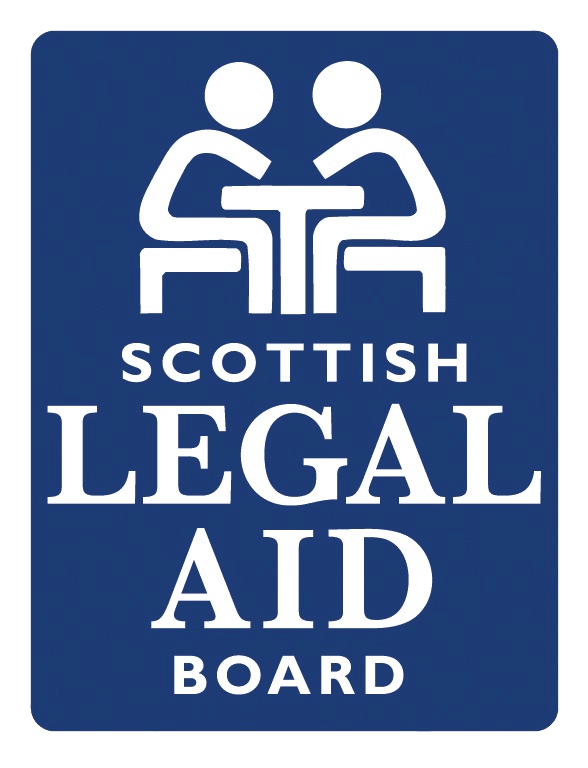David Ditchburn v HMA [2020] HCJAC 55
Following trial at Edinburgh High Court on the 15th of May 2019, Mr Ditchburn was found guilty of four charges which included the following charge:
“On 9 or 10 August 2018 at Flat 2, 12 Brunswick Road, Edinburgh you DAVID CAMERON DITCHBURN did assault John Ashwood and did strike him on the head to his severe injury and you did kill him; you DAVID CAMERON DITCHBURN did commit this offence while on bail, having been granted bail on 16 July 2018 at Edinburgh Sheriff Court.”
Mr Ditchburn appealed on the basis that the trial judge had misdirected the jury in regards to the definition of culpable homicide in its application to that charge as the trial judge had wrongly introduced the possibility of a guilty verdict due to the appellant’s “reckless or grossly careless conduct”. There was no such line of examination taken by the Crown during the course of the trial as their case had been based on the act being a deliberate assault. The trial judge and the respondent conceded that the directions were misdirections in law. The issue therefore became whether the misdirection was material in causing a miscarriage of justice.
It had been accepted by the appellant at trial that he had caused some injury to the now deceased. The Crown had contended that the appellant had punched the deceased to the side of the head whilst the appellant had stated it was a “wee slap”. The appellant had given evidence that the deceased had become aggressive towards another person and he intervened in the defence of the other person striking the deceased to his jaw. The Crown led medical evidence which demonstrated that the assault was one of several factors which led to the complainer’s death.
The trial judge gave the jury the following direction:
“Culpable homicide is causing someone’s death by an unlawful act which is culpable or blameworthy. It is killing someone where the accused did not have the wicked intention to kill and did not act with such wicked recklessness as to make him guilty of murder. The unlawful act must be intentional or at least reckless or grossly careless. Recklessness or gross carelessness means acting in the face of obvious risks which were or should have been appreciated and guarded against, or acting in such a way which shows a complete disregard for any potential dangers which might arise. … To convict of culpable homicide, you would need to be satisfied of the following: one, that David Ditchburn committed an unlawful act – in this case the act alleged is assault; secondly, that act must have been intentional or reckless or grossly careless in the sense I have defined; and thirdly, that John Ashwood’s death was a direct result of the unlawful act.”
In allowing the appeal, Lord Malcolm delivering the opinion of the court stated that:
“Causing death by reckless conduct, as opposed to an assault, is a separate crime, with a distinct mens rea. That crime was not charged. As noted above, the judge repeatedly linked the crime of assault with recklessness and gross carelessness. Those directions could have caused the jury to convict even though satisfied that the appellant did not assault the deceased; or that he acted in defence of the other man, but nonetheless behaved recklessly or with gross carelessness. The judge introduced and by repetition emphasised a new route to conviction which was outwith the terms of the libel, was not in issue at the trial, and was not mentioned during either the Crown or defence speeches to the jury”
The appeal was therefore upheld and a new sentence was imposed in respect of the appellant being convicted on the remaining charges.
In postscript, Lord Malcolm noted that the jury manual from which the direction to the jury was lifted more or less verbatim was no more than a first port of call in providing directions and provided a reminder of the need to adapt them to the circumstances at hand.


